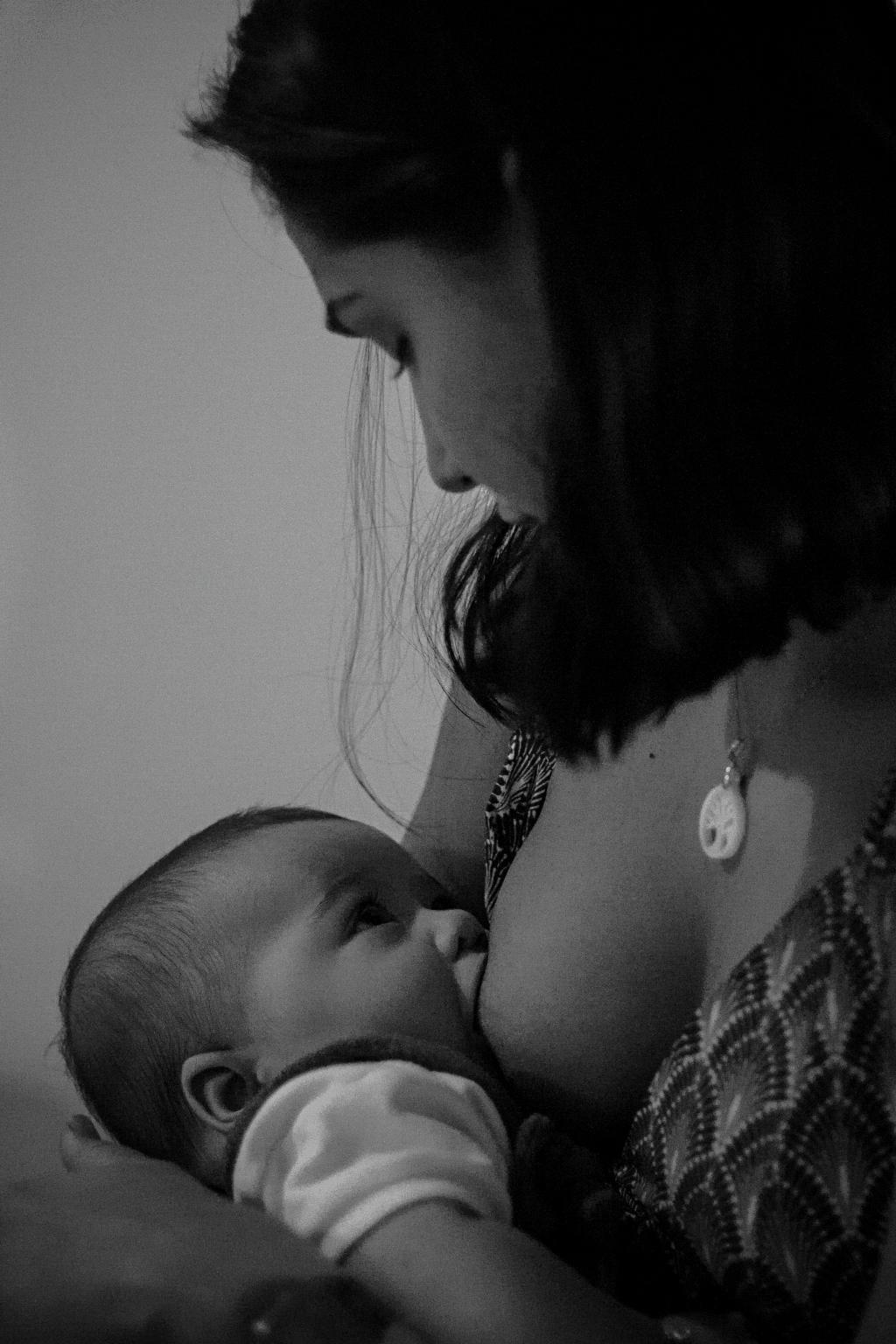When it comes to the duration of the lactation period, it is essential to take into account several significant factors that play a crucial role in determining the length of time a woman can breastfeed.
Initial Breast Milk Production
During the first six months after giving birth, the production of breast milk is typically at its peak. This period is crucial for providing the newborn with essential nutrients and antibodies necessary for their growth and development.
Gradual Decrease Over Time
As time progresses, usually around 1-2 years postpartum, the production of breast milk gradually decreases. This reduction is a natural process as the baby starts to introduce solid foods into their diet and requires less milk to meet their nutritional needs.
Impact of Hormones
The production of milk in the breast is intricately tied to hormonal levels during and after pregnancy. Hormones such as prolactin and oxytocin play a significant role in stimulating milk production and promoting the let-down reflex during breastfeeding.
Individual Factors
A woman’s ability to breastfeed can be influenced by various individual factors, such as overall health, nutritional status, breastfeeding practices, and support systems. These factors can impact the duration of the lactation period for each mother.
Continued Support and Education
It is essential for new mothers to receive continued support and education on breastfeeding techniques and practices to ensure a successful and fulfilling breastfeeding experience. Access to lactation consultants and resources can help address any challenges that may arise.
Listening to Your Body
Every woman’s breastfeeding journey is unique, and it is crucial to listen to your body and baby’s cues to understand when it may be time to gradually wean off breastfeeding. This process should be gradual and tailored to the needs of both mother and child.
Maintaining a Healthy Lifestyle
Adopting a healthy lifestyle that includes a balanced diet, hydration, and adequate rest can contribute to sustaining milk production during the lactation period. Taking care of your overall well-being is vital for optimal breastfeeding outcomes.
Embracing Flexibility
Flexibility is key when it comes to the duration of the lactation period. Some women may choose to breastfeed for an extended period, while others may opt to wean earlier based on personal preferences and circumstances. The decision is ultimately up to the mother and her baby.
Supportive Environment
Creating a supportive and nurturing environment for breastfeeding is essential for promoting a positive breastfeeding experience. Surrounding yourself with individuals who understand and respect your feeding choices can positively influence your breastfeeding journey.
Seeking Expert Guidance
If you have any concerns or questions regarding the duration of your lactation period, do not hesitate to seek guidance from healthcare professionals, lactation consultants, or support groups. These resources can provide valuable information and assistance tailored to your individual needs.
Conclusion
In conclusion, the duration of the lactation period varies for each woman and is influenced by a combination of biological, hormonal, and individual factors. By understanding these factors, seeking support, and listening to your body, you can navigate your breastfeeding journey with confidence and make informed decisions that align with your needs and preferences.

